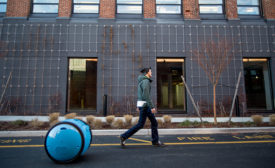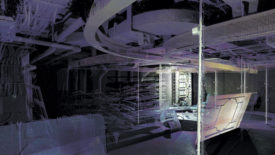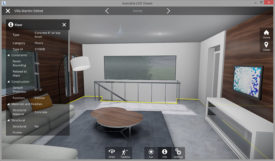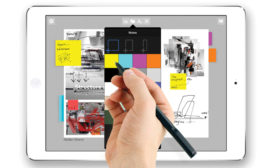Articles by Michael Leighton Beaman
Virtual Reality and Architecture
The technology is on the cusp of becoming an almost indispensible part of architectural practice.
Read More
Copyright ©2025. All Rights Reserved BNP Media.
Design, CMS, Hosting & Web Development :: ePublishing



